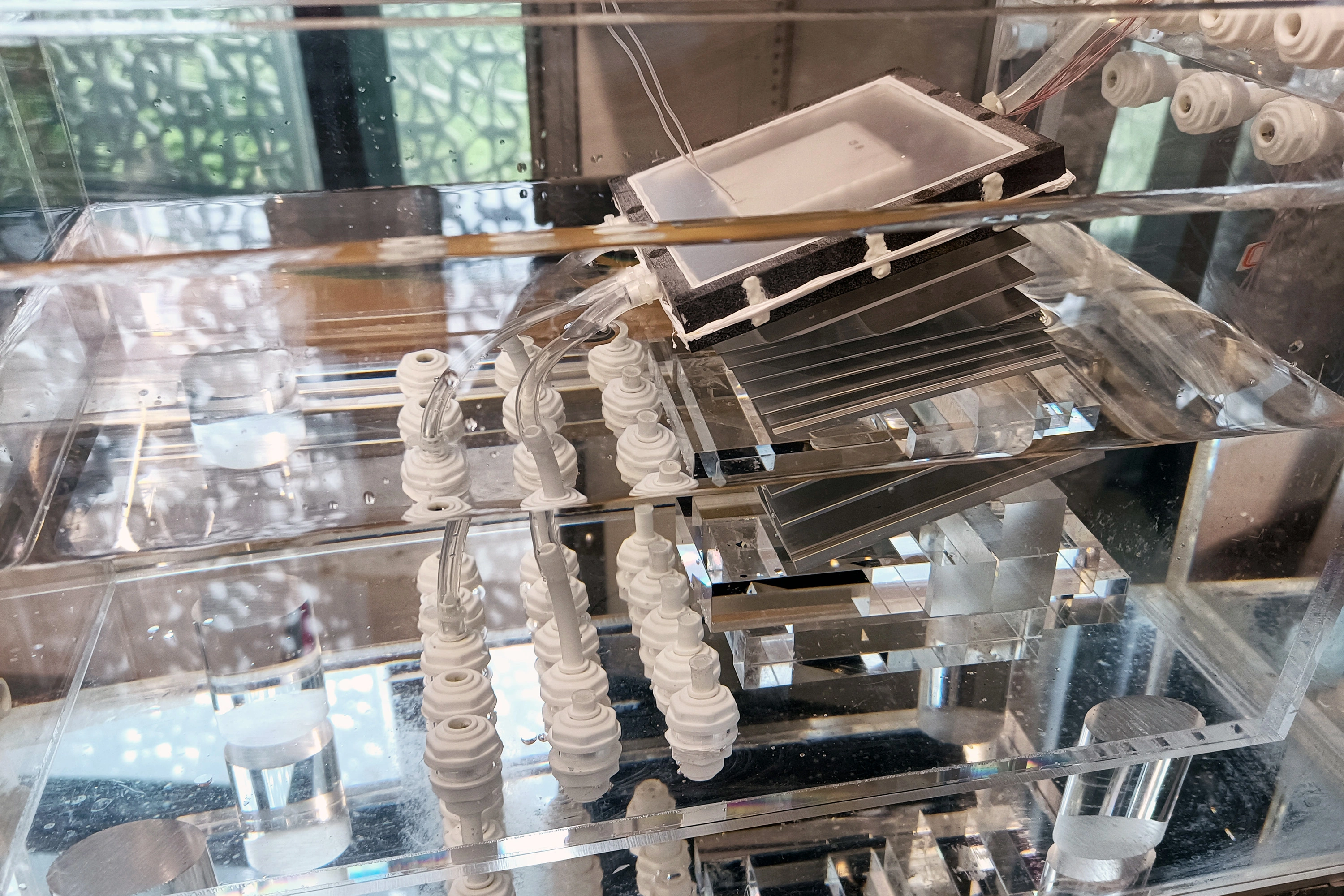- cross-posted to:
- technology@beehaw.org
- technology@slrpnk.net
- technology@lemmy.world
- cross-posted to:
- technology@beehaw.org
- technology@slrpnk.net
- technology@lemmy.world
According to MIT, this technology works even at small scale, with one the size of a suitcase able to desalinate 6 litres per hour, and only needing to be serviced every few years.



Fresh water also has very little in the way of minerals. From what I could find, most of them are in the range of 1% of your daily requirement per liter. The exceptions are calcium, sodium and chloride, and iodine. Iodine in water already varies enough that it is already supplemented in salt, low sodium and chloride is rarely a problem and can be easily corrected with table salt, and that leaves calcium. It is pretty high in harder water, but that still only hits about 10% of your daily intake per liter. If you drink a lot of harder water and don’t eat a lot of high calcium foods, this could matter.
So yes, you should be aware of this for distilled or reverse osmosis water, but you may not have to change anything depending on your diet.